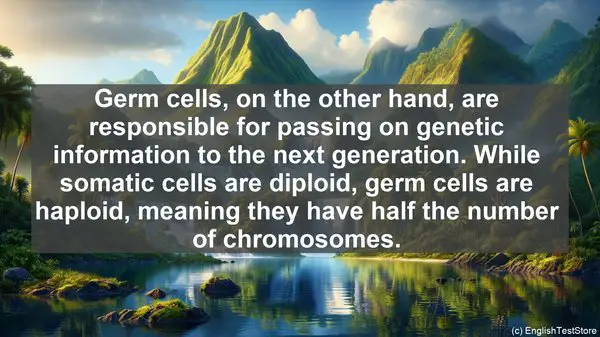Introduction
Welcome to today’s lesson. In the field of plant biotechnology, there are several words that often cause confusion. Understanding these words is crucial for a deeper comprehension of the subject. So, let’s dive in!
1. Genotype vs. Phenotype
The terms genotype and phenotype are often used interchangeably, but they have distinct meanings. Genotype refers to the genetic makeup of an organism, while phenotype refers to its observable characteristics. While genotype determines the potential traits, it is the interaction between genotype and the environment that shapes the phenotype.
2. Transgenic vs. Genetically Modified
Transgenic and genetically modified are two terms used to describe organisms that have undergone genetic manipulation. However, there is a subtle difference. Transgenic refers to the transfer of genes from one species to another, while genetically modified encompasses a broader range of genetic alterations, including gene deletions or modifications within the same species.
3. Hybridization vs. Genetic Engineering
Hybridization and genetic engineering are both techniques used to introduce new traits into plants. Hybridization involves crossing two different varieties to create offspring with desired characteristics. Genetic engineering, on the other hand, involves directly manipulating the plant’s DNA to achieve the desired traits. While hybridization is a natural process, genetic engineering is a more precise and targeted approach.
4. Cloning vs. Propagation
Cloning and propagation are methods used to reproduce plants. Cloning involves creating an exact genetic replica of the parent plant, while propagation refers to any method of plant reproduction, including seeds, cuttings, or grafting. Cloning ensures that the offspring has the same traits as the parent, while propagation can result in slight variations.
5. Bioremediation vs. Phytoremediation
Bioremediation and phytoremediation are techniques used to clean up environmental pollutants. Bioremediation involves the use of microorganisms to break down or neutralize contaminants. Phytoremediation, on the other hand, uses plants to remove, degrade, or stabilize pollutants. While both methods are effective, phytoremediation is often preferred for its cost-effectiveness and aesthetic value.
6. Somatic vs. Germ Cells
Somatic cells and germ cells are two types of cells in an organism. Somatic cells make up the body tissues and are not involved in reproduction. Germ cells, on the other hand, are responsible for passing on genetic information to the next generation. While somatic cells are diploid, germ cells are haploid, meaning they have half the number of chromosomes.

7. Protoplast vs. Cell
Protoplasts and cells are both components of plants. A protoplast is a plant cell that has had its cell wall removed, leaving behind the plasma membrane and organelles. Cells, on the other hand, are the basic building blocks of plants. Protoplasts are often used in genetic engineering experiments due to their ability to take up foreign DNA more easily.
8. Homozygous vs. Heterozygous
Homozygous and heterozygous are terms used to describe the genetic makeup of an organism. Homozygous refers to having two identical alleles for a particular gene, while heterozygous means having two different alleles. Homozygous individuals are often referred to as ‘purebred’ for that trait, while heterozygous individuals are ‘hybrids.’

9. Apical Meristem vs. Lateral Meristem
Meristems are regions of active cell division in plants. The apical meristem is located at the tips of roots and shoots, and it is responsible for primary growth, resulting in the plant’s lengthening. Lateral meristems, on the other hand, are found in the cambium layer and are responsible for secondary growth, leading to an increase in girth.
10. Endosperm vs. Cotyledon
Endosperm and cotyledon are both structures found in plant seeds. The endosperm is a nutrient-rich tissue that provides nourishment to the developing embryo. In contrast, the cotyledon is the embryonic leaf within the seed. In some plants, the endosperm is absorbed by the cotyledon as the seed matures, while in others, both structures coexist.
